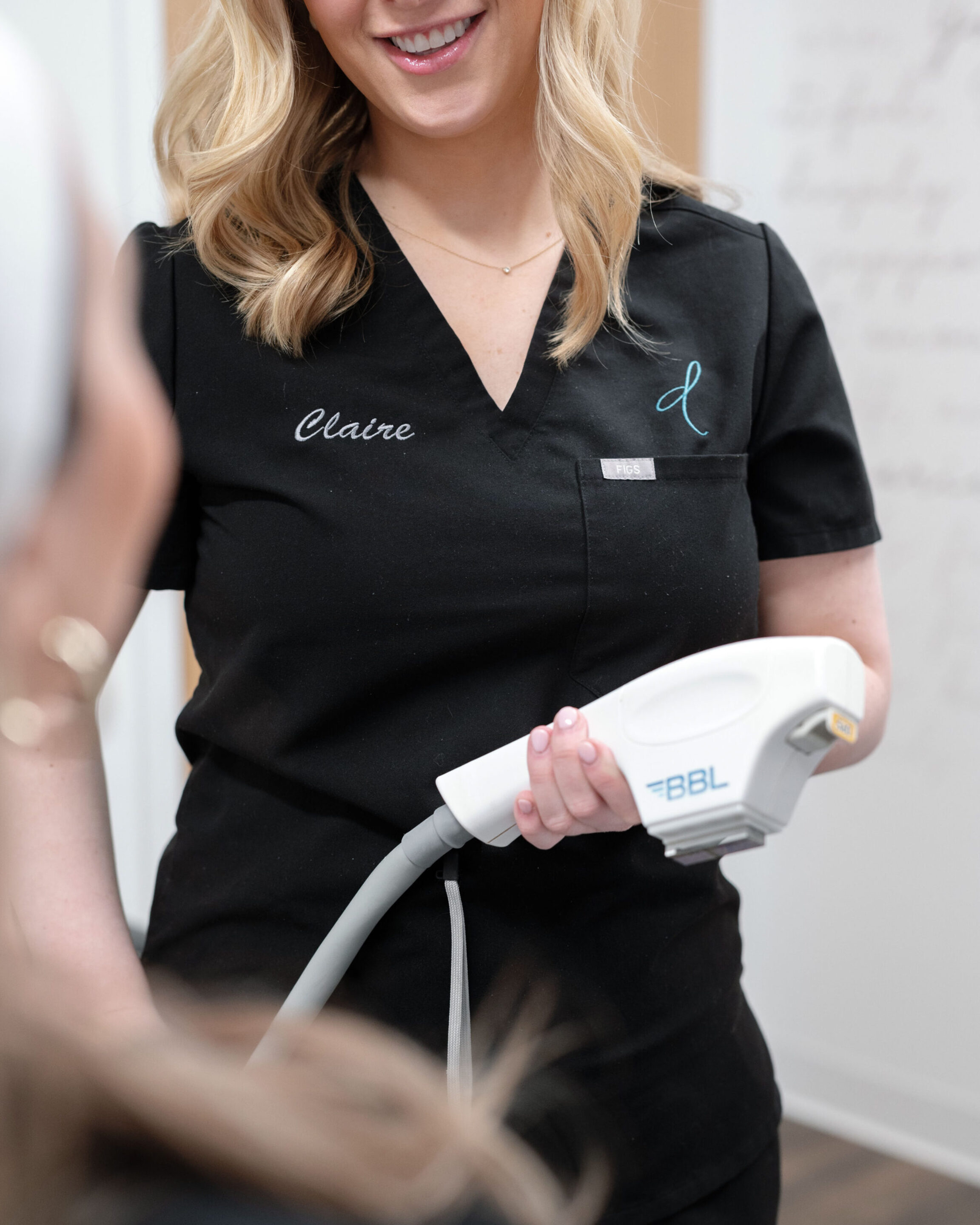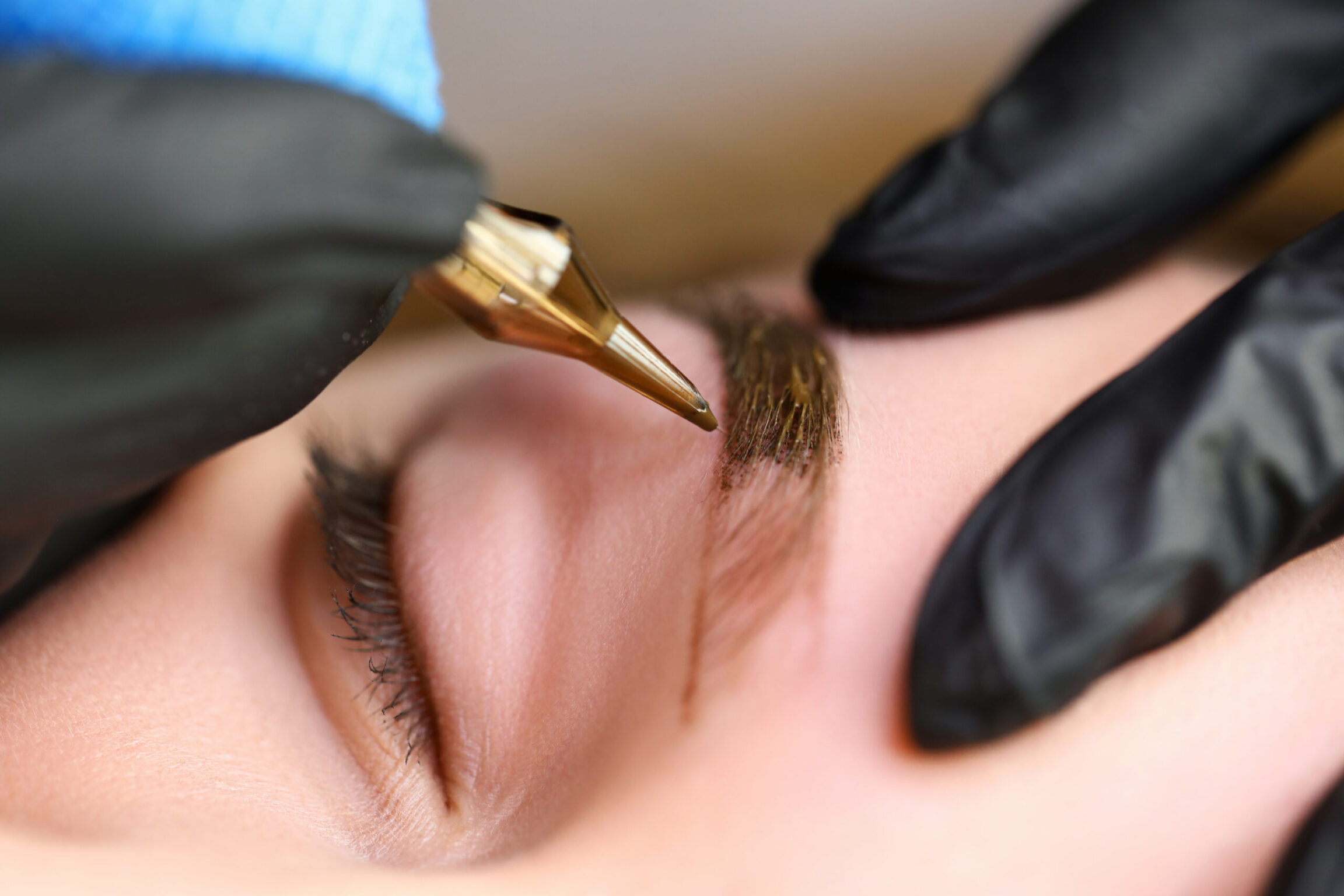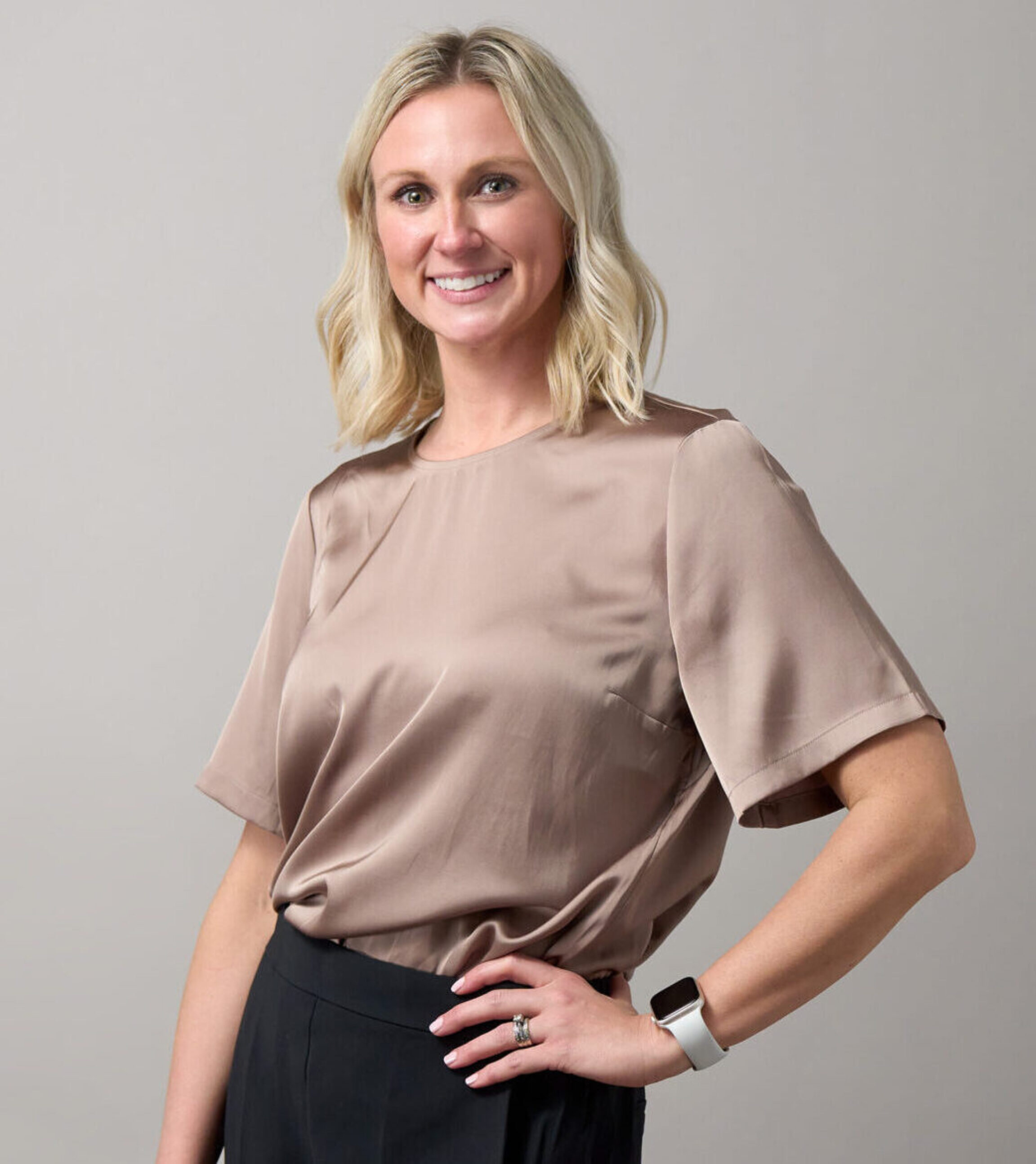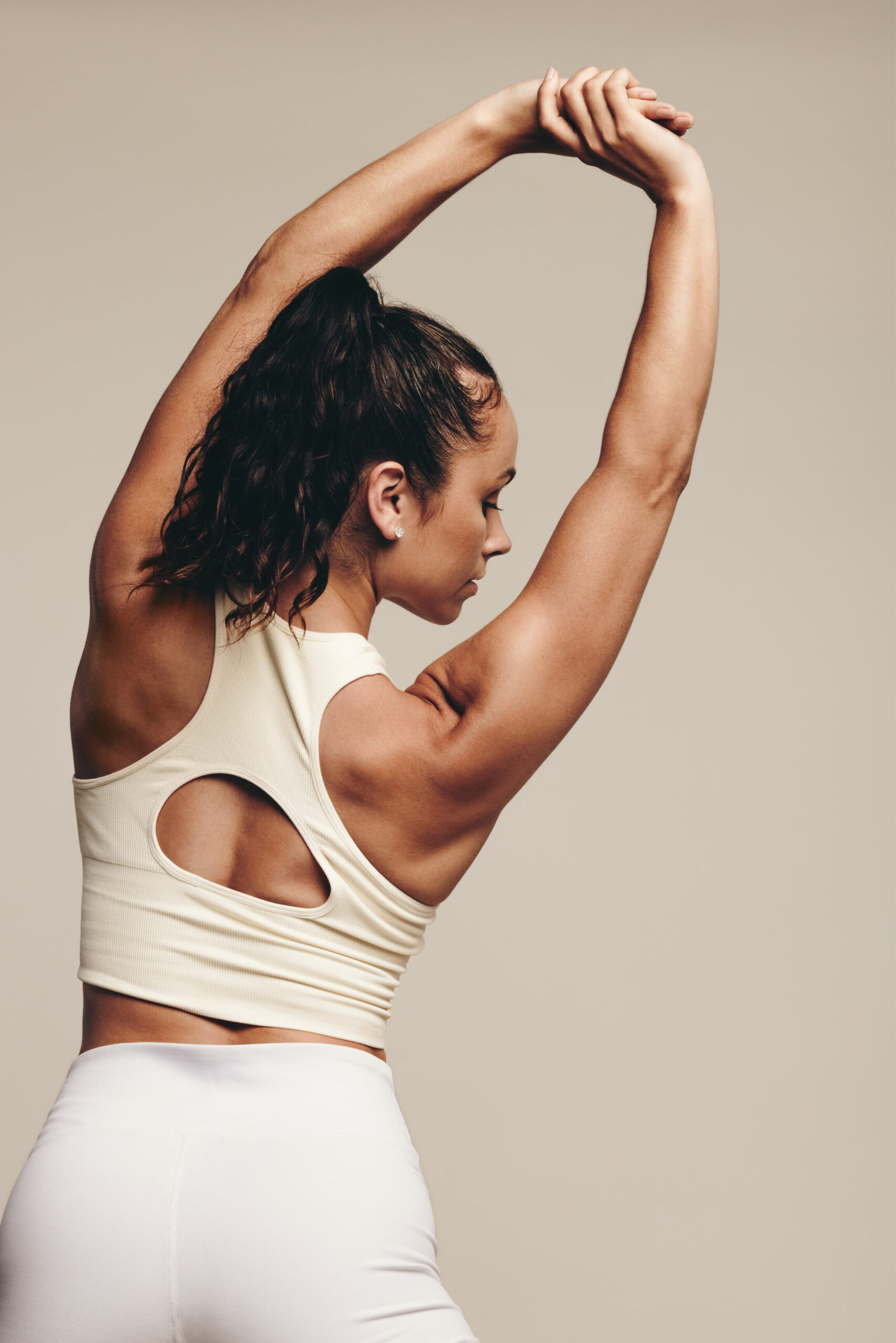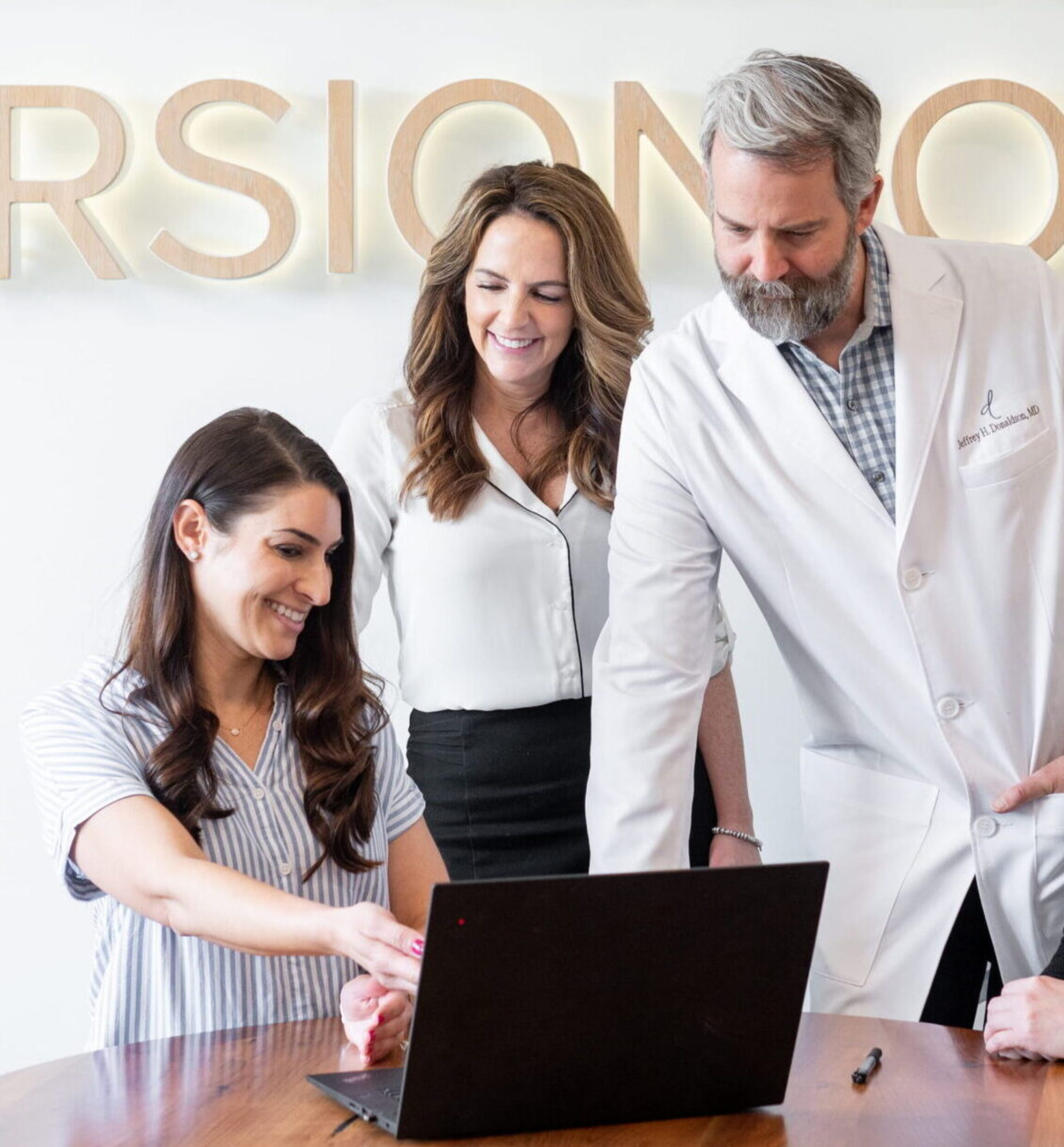Month: April 2016
After giving birth, many women struggle with their appearance and consequently, their self-confidence. A mommy makeover is a plastic surgical approach to the breasts and body which restores form and brings back that undeniable confidence!
According to RealSelf.com, the Mommy Makeover has a 95% “Worth It” rating stemming from more than 17,000 reviews. But don’t just take their word for it – hear from some of our actual patients who have undergone this incredible transformation:
How Much Does A Mommy Makeover Cost?
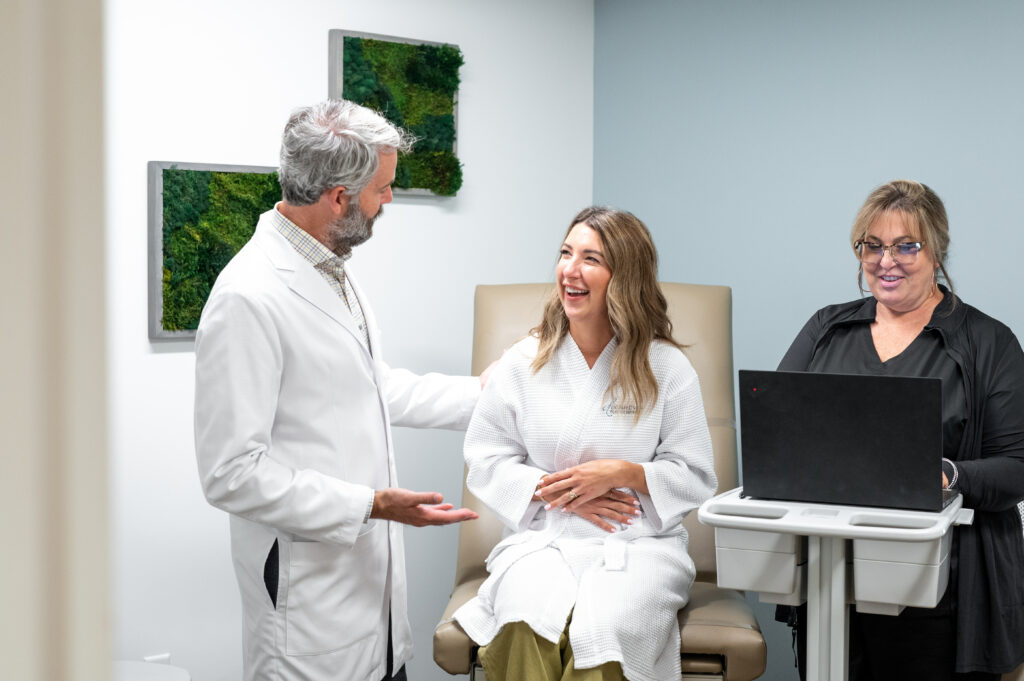
We can accurately say that the average Columbus, Ohio Mommy Makeover cost ranges between $18,000 and $26,000. This price covers all aspects of the procedure, including consultation, operating room time, anesthesia, recovery garments, follow-ups and more.
This is one of the most difficult procedures to assign an average price tag to simply because it really depends on which procedures a patient opts in for. For example: A patient undergoing a breast lift and liposuction is going to have a different quote than a patient looking for a tummy tuck, breast augmentation and labiaplasty.
The Greatest Benefit: Multiple Life-Changing Procedures At Once For A Lower Cost
A mommy makeover combines procedures into a single operation to reduce overall cost and minimize recovery time. This leads to a faster return to work and to parenting (also known as work).
Mothers may consult with a board-certified plastic surgeon to determine whether a mommy makeover is the right solution.
Another Deciding Factor: Frustration With Slow-Moving, Natural Results
Many women feel less attractive after pregnancy. Most turn to diet and exercise to shed excess weight, but these steps do not address loose skin, stubborn fat, stretched labia or sagging breasts. While some women are blessed with the enviable genetic ability to “rebound” as if it never happened, most struggle with lingering problem areas. When a mother sees partial progress in nutrition and fitness, but is still unhappy with specific parts of the body, a mommy makeover might be worth it!
The Potential Components of a Mommy Makeover
As mentioned, Mommy Makeover surgery is a catch-all term for several different procedures rolled into one. This surgery can include one or more of the following:
These treatments target the areas of the body that are most commonly affected by a pregnancy, delivery, and breastfeeding.
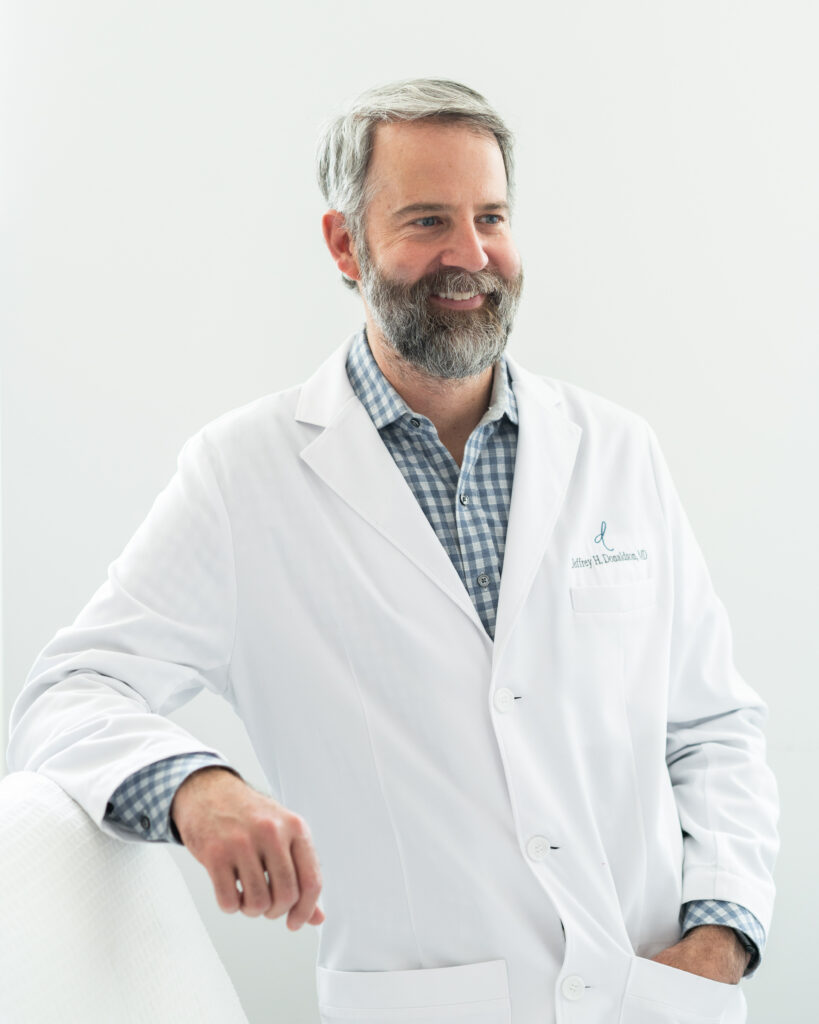
About The Author
Jeffrey Donaldson, MD is one of the nation’s most esteemed Mommy Makeover experts. He has helped hundreds – if not thousands – of women feel more comfortable in their own skin and confident in their daily life by combining multiple life-changing surgical procedures into one day in the operating room.
Note: This article was updated on Sept. 27, 2022, to reflect more accurate pricing information and updated reviews.
Related Articles

Read More Microneedling Cost Columbus, Ohio
Microneedling Cost Columbus, Ohio
The average cost of microneedling in Columbus, Ohio is $1,485 - $3,000 when considering all facets of the treatment, skincare products and 6 total sessions.
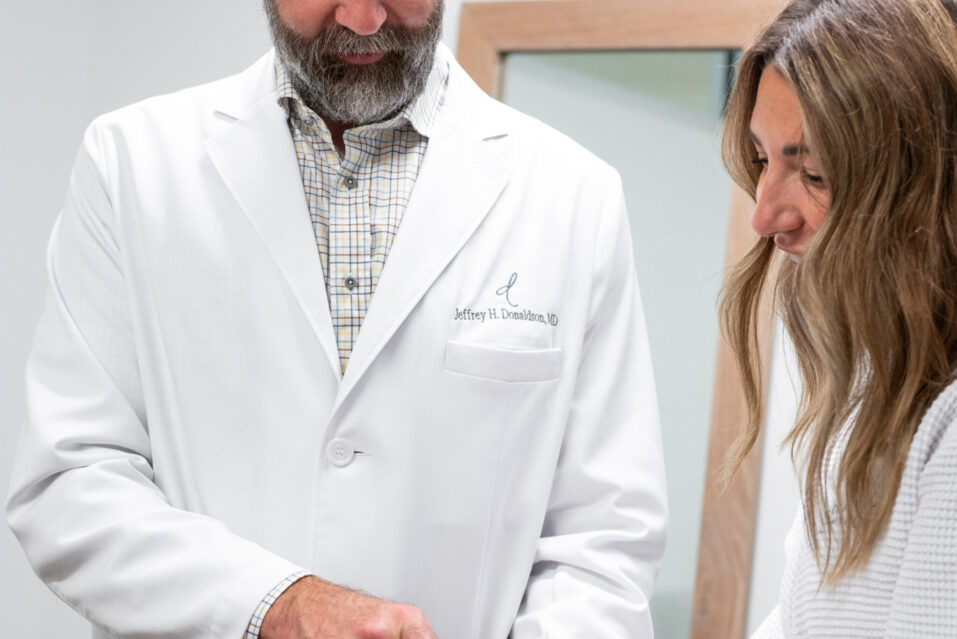
Read More Tummy Tuck Cost Columbus, Ohio
Tummy Tuck Cost Columbus, Ohio
Tummy Tuck surgery pricing varies based on a number of factors including the amount of time spent in the operating room and any additional procedures that may be performed during the patient's visit.

Read More Breast Augmentation Cost In Columbus, Ohio
Breast Augmentation Cost In Columbus, Ohio
A number of factors come into play when accurately a breast augmentation price including OR fees, the complexity of the procedure, individual goals and the quality of the surgeon.
The simple answer to the question, “does breast augmentation hurt?” is yes, usually a little. Each patient responds to the procedure differently, but certain measures can be taken to help. Fortunately, the pain associated with breast augmentation is often minimal compared to other types of operations.
Surgical Technique
There are many ways to perform breast augmentation, and most surgeons use slightly different techniques. Generally, the smaller the incision, the less pain. Silicone implants should rarely require an incision that is more than five centimeters (two inches) long, whereas saline implants may be placed through a three-centimeter incision. Some surgeons use a smooth, efficient and gentle technique where tissues are directly visualized and cleanly separated along natural planes with minimal bleeding, whereas others use a “blind” approach where tissues are bluntly forced apart and handled more aggressively — the former approach results in less pain afterward. Local anesthesia, such as marcaine, can be injected before making the incision so that the sensory nerves are not triggered during surgery or for several hours afterward. This causes less pain. It is worth asking your surgeon about his or her style and preferences. Ask nurses and OR personnel too — they get to directly compare surgeons in the operating room.
Patient Anatomy
Some patients have very low thresholds for pain, or have high tolerances to pain medications. These patients tend to hurt more afterwards. Generally, older patients have less pain, as do mothers who have experienced pregnancy. The body tends to hurt much less when there are significant standards of comparison. Patients who are more muscular may have more chest muscle tightness or spasms afterward, but better fitness may also predict an easier recovery.
Post-Operative Plan
Non-compliant patients have more pain. It is imperative to follow basic recommendations, such as:
1) Wear a soft, supportive bra with no underwire.
2) Take pain medications and use ice packs regularly for the first 24-48 hours.
3) Rest and drink plenty of fluids for the first 48-72 hours.
4) No strenuous exercise for the first 4-6 weeks.
5) Ask your surgeon about homeopathic options such as Arnicare, Traumeel and Bromelain.
Patients who do not follow these steps are apt to have more discomfort.
When surgical technique, patient anatomy and post-operative planning are all favorable, it is uncommon to have much pain after breast augmentation. These conditions can be optimized such that instead, more common symptoms are stiffness, swelling, tightness in the chest, itchiness, numbness and hypersensitivity. These patients say “it doesn’t hurt at all!”
Related Articles

Read More How Plastic Surgery Can Enhance Health
How Plastic Surgery Can Enhance Health
Most known for its aesthetic benefits, plastic surgery can also be used to enhance your overall health & well-being.

Read More Perfect Procedure Pairings
Perfect Procedure Pairings
Discover the best plastic surgery combinations & most popular aesthetic treatment pairings designed to help you achieve your unique goals.

Read More Myths Busted: Plastic Surgery
Myths Busted: Plastic Surgery
Board-certified experts debunk prevalent plastic surgery myths with scientifically sound information to foster a better understanding of what actually happens in the operating room.
When wrinkles set in, facial fillers can fade and smooth them away. Juvéderm is one popular injectable gel that restores facial volume, creating a more hydrated and healthier appearance. The results typically last for about a year.
How It Works
The aging face gradually loses volume under the skin, forming unwanted wrinkles, lines, folds and hollows. Juvéderm can be injected to fill creases precisely and to restore lost volume. It may also be used to adjust the structure or shape of the face to create more youthful or desirable contours. The effect can be reversed by another type of injection for patients who do not like the results.
Benefits
Patients seeking a minimally invasive method for facial rejuvenation turn to Juvéderm. This treatment is popular because it actually replenishes one component of human collagen — hyaluronic acid (HA). HA naturally occurs in the skin, but diminishes with age. After injection, the body recognizes HA as “self,” which contributes to the safety and success of this procedure.
The Time Line
Patients generally experience an extended period of fullness and volume after this treatment. The time frame for results varies for each patient and largely depends on the location and type of injection. However, most people will have results for a minimum of six months. The general rule is that injections in more mobile areas will not last as long as injections in less mobile areas. Less mobile areas take more time to absorb the filler, so the results will last longer. Juvéderm Voluma is cross-linked for durability and can last for up to two years!
Patients should consult with a board-certified plastic surgeon to determine whether this treatment is a good match. A professional can help each person find the most effective and long-lasting Juvéderm treatment.
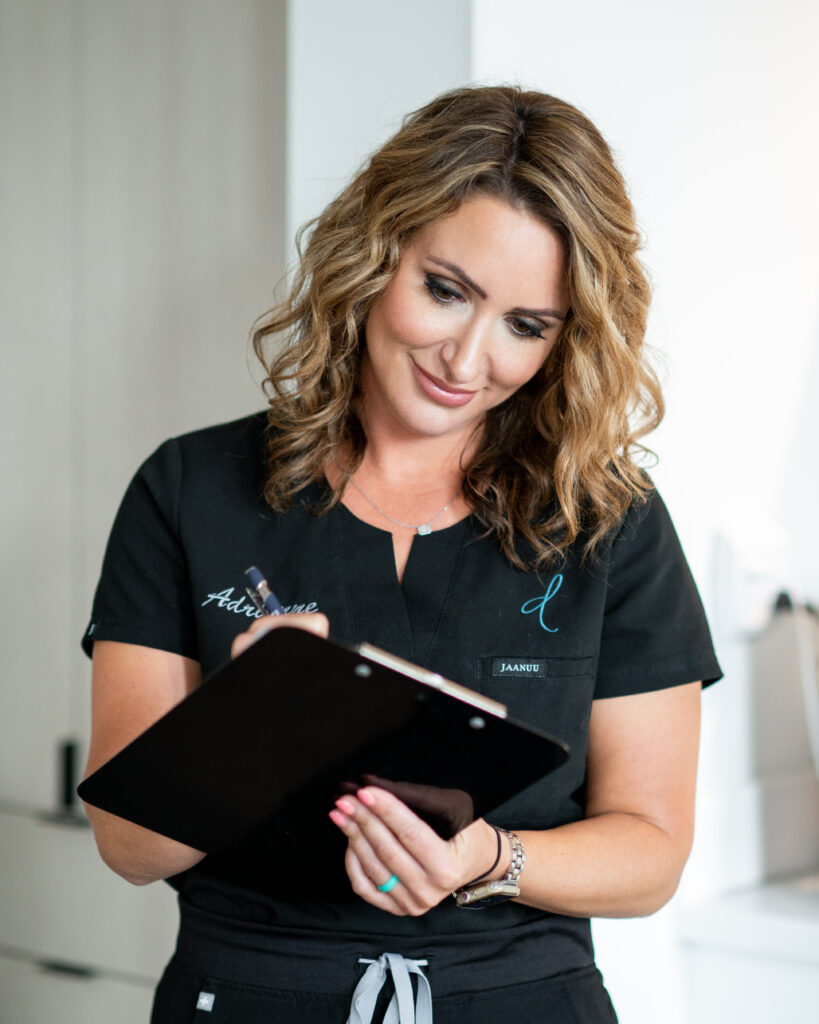
About The Author
Adrienne Yanich, RN is one of Columbus, Ohio’s most sought-after cosmetic injectables experts. Carrying multiple high-level certifications, she has helped thousands of women feel more comfortable in their skin through non-surgical treatments, including Botox, filler injections, CoolSculpting, laser therapies and Kybella.
Related Articles

Read More Liquid Rhinoplasty vs. Surgical Rhinoplasty
Liquid Rhinoplasty vs. Surgical Rhinoplasty
Liquid rhinoplasty & surgical rhinoplasty differ in a key ways, including total downtime, permanence & the degree of anatomical change possible.
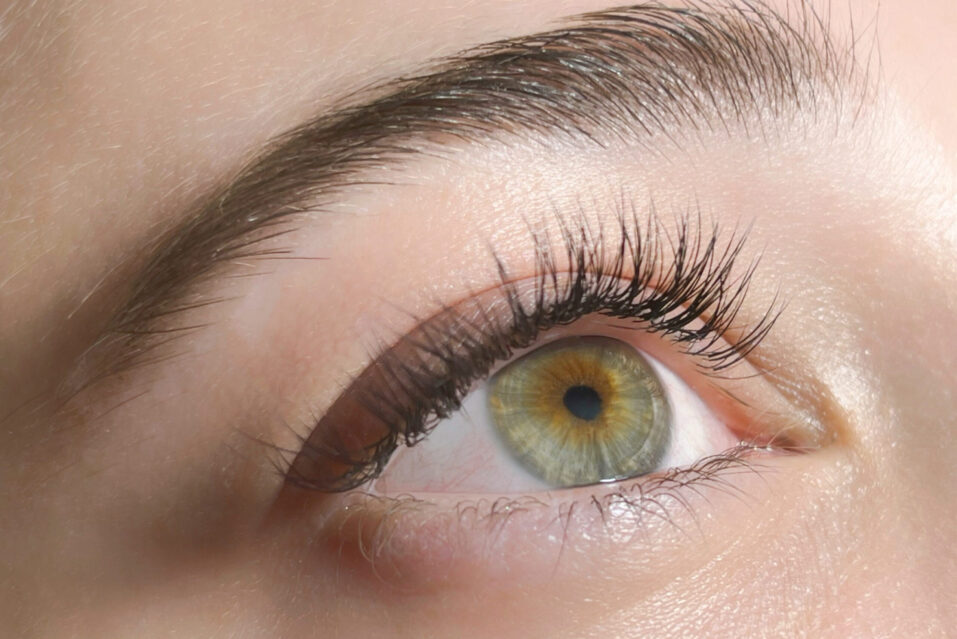
Read More Latisse vs. RapidLash
Latisse vs. RapidLash
Latisse is a highly effective, FDA-approved lash growth serum, while RapidLash is an effective over-the-counter solution designed to enhance lash health & appearance.

Read More How Filler Enhances The Eyes
How Filler Enhances The Eyes
Cheek filler, undereye filler & other nonsurgical solutions can be used by a skilled injection specialist to comfortably enhance the appearance of the eyes.








